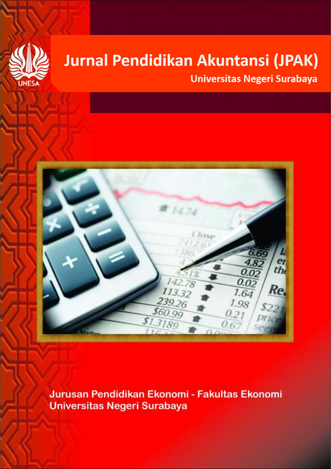Pengaruh Dimensi Fraud Diamond Terhadap Perilaku Kecurangan Akademik (Studi Kasus Pada Mahasiswa Akuntansi Sektor Publik Politeknik Negeri Jember)
DOI:
https://doi.org/10.26740/jpak.v9n3.p380-388Keywords:
Fraud diamond; academic fraud; pressure; opportunity; rationalizationAbstract
This research aims to discuss the influence of the fraud diamond concept, which consists of pressure, opportunity, rationalization, and capability on students' academic fraud behavior. This research is a type of quantitative research. The population in this study were D4 students of the Public Sector Accounting Study Program, Department of Agribusiness Management, Jember State Polytechnic class of 2018-2020. This study uses purposive sampling on taking the sample with the criteria that students are active in the Public Sector Accounting D4 Study Program and have committed or encountered academic fraud during college until a selection of 139 respondents was obtained. The results of this study indicate that pressure and opportunity have no significant effect on academic fraud behavior. In contrast, rationalization and capability substantially impact student academic fraud behavior.
Downloads
Downloads
Published
How to Cite
Issue
Section
License
Authors who publish with this journal agree to the following terms:
- Authors retain copyright and grant the journal right of first publication with the work simultaneously licensed under a Creative Commons Attribution License that allows others to share the work with an acknowledgement of the work's authorship and initial publication in this journal.
- Authors are able to enter into separate, additional contractual arrangements for the non-exclusive distribution of the journal's published version of the work (e.g., post it to an institutional repository or publish it in a book), with an acknowledgement of its initial publication in this journal.
- Authors are permitted and encouraged to post their work online (e.g., in institutional repositories or on their website) prior to and during the submission process, as it can lead to productive exchanges, as well as earlier and greater citation of published work (See The Effect of Open Access).

Jurnal Pendidikan Akuntansi (JPAK) is licensed under a Creative Commons Attribution-NonCommercial 4.0 International License.
 Abstract views: 1210
,
Abstract views: 1210
, PDF Downloads: 978
PDF Downloads: 978



